Health Topics
Normal Function
The CDAN1 gene provides instructions for making a protein called codanin-1. Research suggests that codanin-1 plays an important role in maintaining the structure of the nucleus (where most of the cell's DNA is located). Specifically, codanin-1 is likely involved in putting together cell components called nucleosomes that help bundle DNA in a tight package. This tight packaging helps control gene expression.
Because codanin-1 has the ability to regulate gene activity, it is involved in many processes during development, including the growth of cells as they progress through the step-by-step process for replication (the cell cycle). Codanin-1 is also thought to be involved in the differentiation and development of red blood cells (erythropoiesis), though the protein's specific role in this process is unclear.
Health Conditions Related to Genetic Changes
Congenital dyserythropoietic anemia
Variants (also called mutations) in the CDAN1 gene have been identified in people with congenital dyserythropoietic anemia (CDA) type I. This condition is characterized by a shortage of red blood cells that is caused by abnormal red blood cell formation (dyserythropoietic anemia). In people with CDA type I, immature red blood cells cannot develop into functional, mature cells. As a result, the number of mature and functioning red blood cells decreases, which leads to weakness, yellowing of the skin and eyes (jaundice), an enlarged liver and spleen (hepatosplenomegaly), the buildup of too much iron (iron overload), and skeletal problems in people with CDA type I.
Most CDAN1 gene variants change single protein building blocks (amino acids) in the codanin-1 protein. The CDAN1 gene variants that cause CDA type I do not completely eliminate the function of codanin-1, since codanin-1 appears to be essential for life. However, a shortage of functional codanin-1 likely disrupts the normal progression of the cell cycle, especially during the development of red blood cells.
In people with CDA type I, immature red blood cells called erythroblasts are abnormal, large, and have more than one nucleus. When viewed under a microscope, the inside of the nucleus of these cells can look speckled. These irregular erythroblasts cannot develop into functional, mature red blood cells. The resulting shortage of healthy red blood cells leads to the characteristic signs and symptoms of anemia and the other features of CDA type I.
More About This Health ConditionOther Names for This Gene
- CDA-I
- CDA1
- CDAN1_HUMAN
- codanin
Additional Information & Resources
Tests Listed in the Genetic Testing Registry
Scientific Articles on PubMed
Catalog of Genes and Diseases from OMIM
References
- Ahmed MR, Chehal A, Zahed L, Taher A, Haidar J, Shamseddine A, O'Hea AM, Bienz N, Dgany O, Avidan N, Beckmann JS, Tamary H, Higgs D, Vyas P, Wood WG, Wickramasinghe SN. Linkage and mutational analysis of the CDAN1 gene reveals genetic heterogeneity in congenital dyserythropoietic anemia type I. Blood. 2006 Jun 15;107(12):4968-9. doi: 10.1182/blood-2006-01-0081. No abstract available. Citation on PubMed
- Dgany O, Avidan N, Delaunay J, Krasnov T, Shalmon L, Shalev H, Eidelitz-Markus T, Kapelushnik J, Cattan D, Pariente A, Tulliez M, Cretien A, Schischmanoff PO, Iolascon A, Fibach E, Koren A, Rossler J, Le Merrer M, Yaniv I, Zaizov R, Ben-Asher E, Olender T, Lancet D, Beckmann JS, Tamary H. Congenital dyserythropoietic anemia type I is caused by mutations in codanin-1. Am J Hum Genet. 2002 Dec;71(6):1467-74. doi: 10.1086/344781. Epub 2002 Nov 14. Citation on PubMed or Free article on PubMed Central
- Iolascon A, Andolfo I, Russo R. Congenital dyserythropoietic anemias. Blood. 2020 Sep 10;136(11):1274-1283. doi: 10.1182/blood.2019000948. Citation on PubMed
- Noy-Lotan S, Dgany O, Lahmi R, Marcoux N, Krasnov T, Yissachar N, Ginsberg D, Motro B, Resnitzky P, Yaniv I, Kupfer GM, Tamary H. Codanin-1, the protein encoded by the gene mutated in congenital dyserythropoietic anemia type I (CDAN1), is cell cycle-regulated. Haematologica. 2009 May;94(5):629-37. doi: 10.3324/haematol.2008.003327. Epub 2009 Mar 31. Citation on PubMed or Free article on PubMed Central
- Olijnik AA, Roy NBA, Scott C, Marsh JA, Brown J, Lauschke K, Ask K, Roberts N, Downes DJ, Brolih S, Johnson E, Xella B, Proven M, Hipkiss R, Ryan K, Frisk P, Makk J, Stattin EM, Sadasivam N, McIlwaine L, Hill QA, Renella R, Hughes JR, Gibbons RJ, Groth A, McHugh PJ, Higgs DR, Buckle VJ, Babbs C. Genetic and functional insights into CDA-I prevalence and pathogenesis. J Med Genet. 2021 Mar;58(3):185-195. doi: 10.1136/jmedgenet-2020-106880. Epub 2020 Jun 9. Citation on PubMed
- Renella R, Wood WG. The congenital dyserythropoietic anemias. Hematol Oncol Clin North Am. 2009 Apr;23(2):283-306. doi: 10.1016/j.hoc.2009.01.010. Citation on PubMed
- Russo R, Iolascon A, Andolfo I, Marra R, Rosato BE. Updates on clinical and laboratory aspects of hereditary dyserythropoietic anemias. Int J Lab Hematol. 2024 Aug;46(4):595-605. doi: 10.1111/ijlh.14307. Epub 2024 May 15. Citation on PubMed
- Tamary H, Dgany O, Proust A, Krasnov T, Avidan N, Eidelitz-Markus T, Tchernia G, Genevieve D, Cormier-Daire V, Bader-Meunier B, Ferrero-Vacher C, Munzer M, Gruppo R, Fibach E, Konen O, Yaniv I, Delaunay J. Clinical and molecular variability in congenital dyserythropoietic anaemia type I. Br J Haematol. 2005 Aug;130(4):628-34. doi: 10.1111/j.1365-2141.2005.05642.x. Citation on PubMed
- Tamary H, Dgany O. Congenital Dyserythropoietic Anemia Type I. 2009 Apr 21 [updated 2021 Jul 29]. In: Adam MP, Bick S, Mirzaa GM, Pagon RA, Wallace SE, Amemiya A, editors. GeneReviews(R) [Internet]. Seattle (WA): University of Washington, Seattle; 1993-2025. Available from http://www.ncbi.nlm.nih.gov/books/NBK5313/ Citation on PubMed
The information on this site should not be used as a substitute for professional medical care or advice. Contact a health care provider if you have questions about your health.



